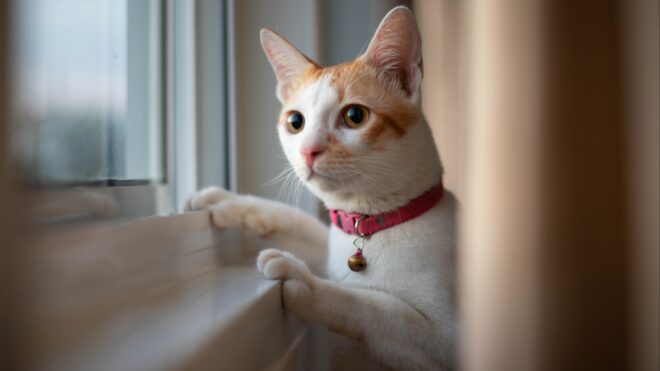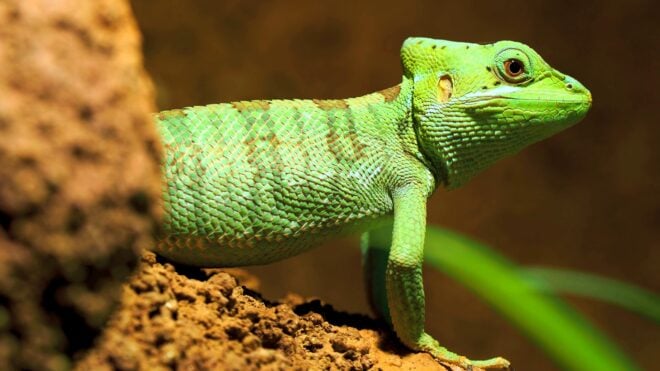
We aren’t the only ones who get stressed out during the holiday season; our pets also experience the toll of parties, travel, and long days left alone.
LittleThings spoke with Douglas R. Mader, MS, DVM, and author of The Vet at Noah’s Ark: Stories of Survival From an Inner-city Animal Hospital, to get insight into our pets and tips for how we can help ease their anxiety during this season. Previously Dr. Mader owned the Marathon Veterinary Hospital, a double AAHA accredited 24-hour emergency hospital. Mader is an internationally acclaimed lecturer and is on the review boards of several scientific journals.
Mader explains, “Most pets are creatures of habit. Any changes, such as moving furniture around to accommodate a party, new, obtrusive decorations, loud music, bright lighting and smells (like room scents and candles) can all disrupt the ‘normal’ that pets become used to.”
He notes that “some animals truly get excited about having guests and the hustle-bustle of the holidays,” but “others get nervous and feel that their safe place, their home, is being invaded.”
To prepare your pet for a house filled with people if they are not used to it, Mader suggests providing them a quiet refuge or establishing a "safety zone" prior to the event. "This may be a back bedroom, a bathroom that is not accessible to guests, or, if in a small living quarters, even a dog or cat crate where they can have their own bed, food and water," he says. "When the pet is in their safe place, do not go and actively get them out. Allow them to come out when they want to. Otherwise, they will feel that it is no longer a hideaway."
Not all pets are used to children, so this poses additional issues that pet owners need to prepare for, whether you are the one traveling or opening up your home. “Some pets, especially large dogs, do not recognize small children as ‘humans,’” notes Mader. “Rather, they may see a small child as a conspecific (member of the same species), a toy, or worse yet, even a prey item. It is always best to socialize pets around children when they are still puppies and kittens. It is not uncommon to hear about large dogs, like St. Bernards, ‘playing’ with small children like they would a stuffed toy. When in doubt, it is always best to keep the pets separated from children unless carefully supervised by a responsible attendant.”
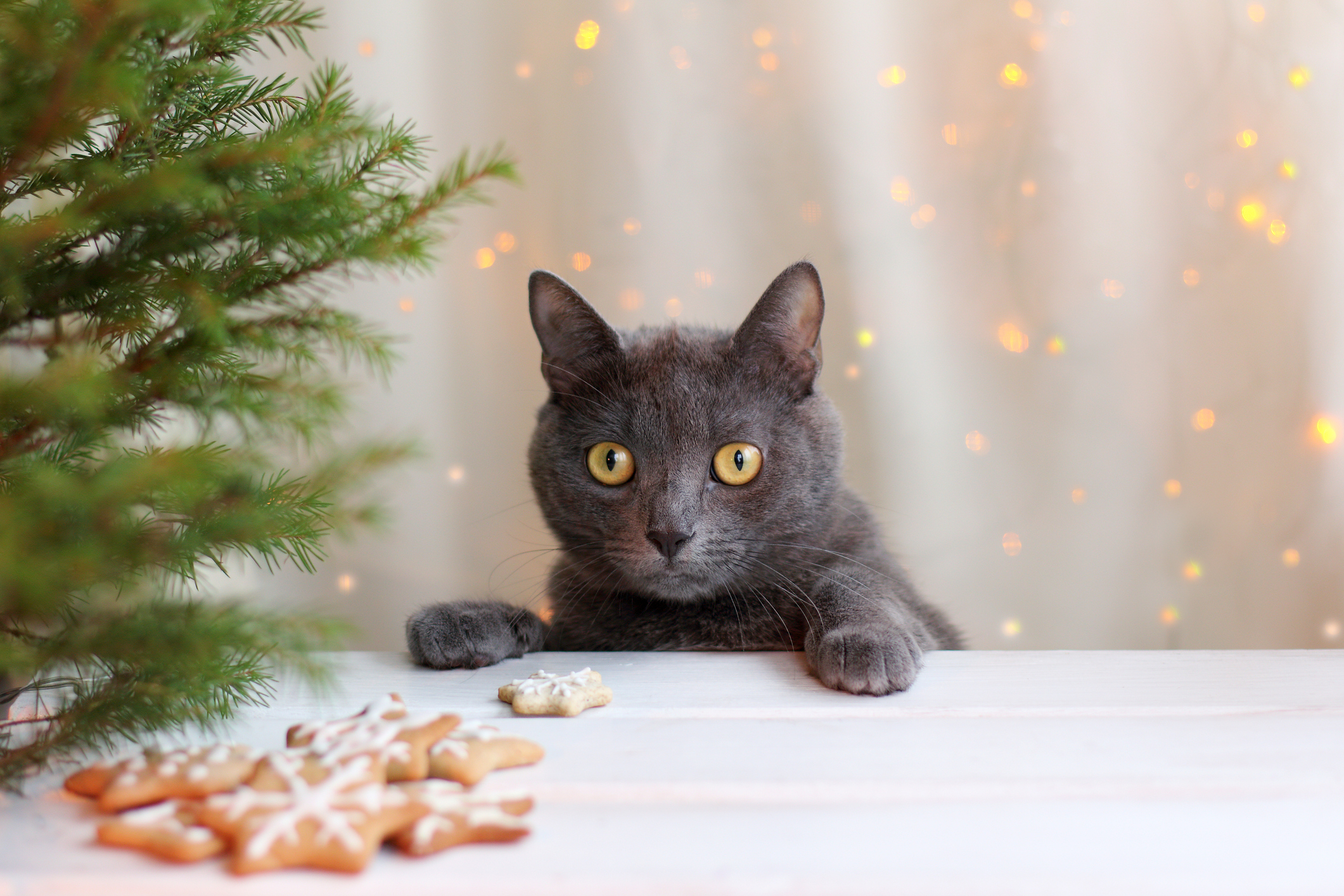
Not everyone loves animals or is prepared to host an event where dogs or cats are on the guest list. Mader advises, “The general rule of etiquette is to ask a host if it is OK before you bring a pet to a party. That said, some people feel that their pets are an extension of themselves, and if they are invited, the pet is also by default. It can be awkward if a person shows up to a house with their pet. Keep in mind, many pets are wonderful and will never have any problems. However, even if the guest’s pet is well-behaved, the host’s pets may not be — or they may be territorial and protective if a new pet comes into their home. In addition, whereas some dogs may be totally social with other dogs, they may not be with cats. If they show up to a party and there are cats in the house, they potentially could chase the cat. Again, even if the uninvited pet guest is good with cats, some house cats that have never been exposed to ‘stranger’ dogs can easily be intimidated by the newcomer in the home. If you have a guest show up with an uninvited pet and you are not comfortable with it, although it may be awkward, you may just have to politely ask them to take it back home. This situation can certainly be challenging.”
If you are going to introduce two new animals to each other, be sure to do so properly. Mader says, “Some pets are very social and welcome meeting new conspecifics any time. If a puppy or kitten is properly socialized at an early age, this is rarely a problem. However, introducing a new pet to an established household, especially one where there has been just a single animal or a bonded pair or group, can be challenging. The newbie has to establish its comfort zone and territory, which means that the existing pets must be willing to either share or relinquish some of theirs (for instance, a chair, corner, or room).”
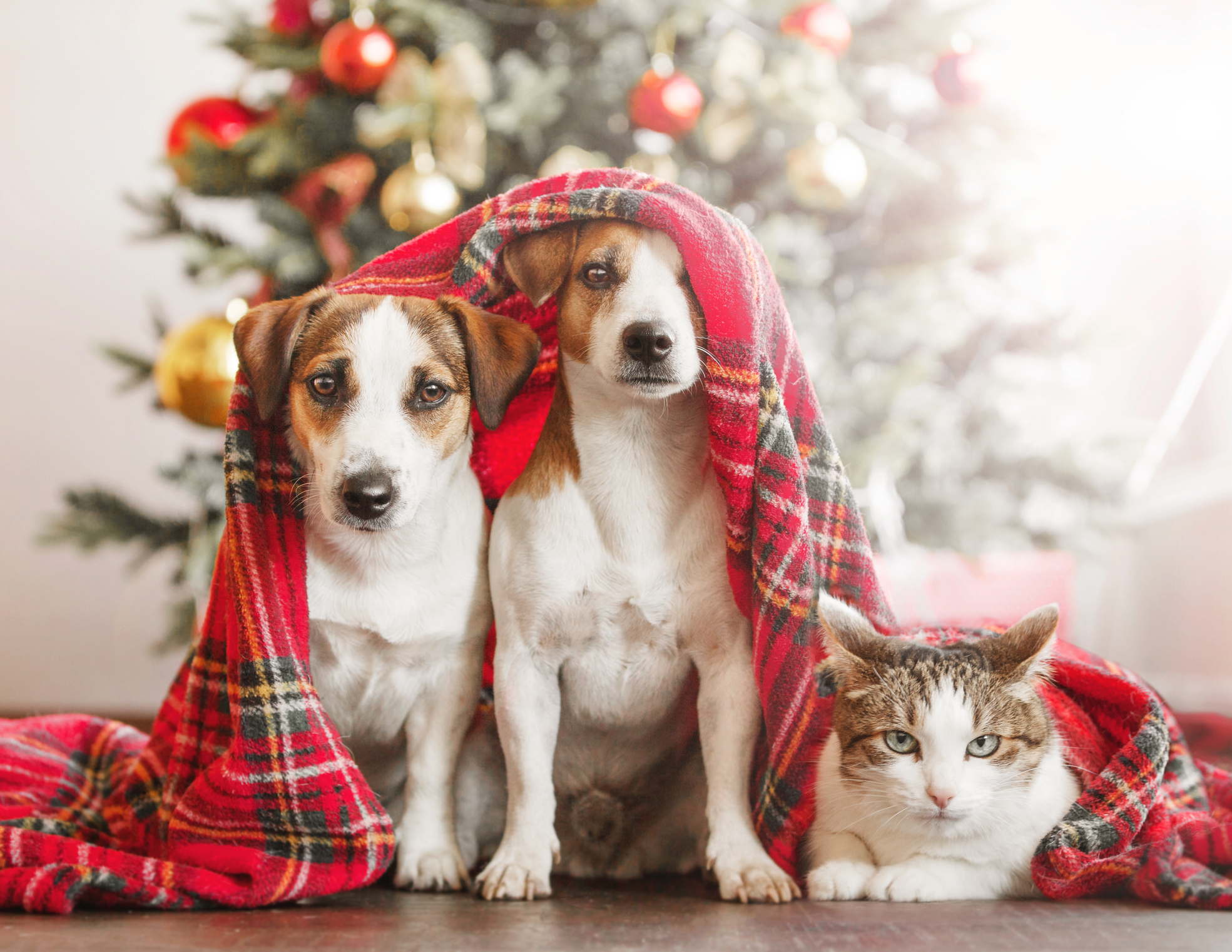
He urges, “New introductions must always be supervised, and interventions must be done immediately at the first sign of stress or trouble — the last thing you want is bloodshed. I recommend gradual introductions at first — a simple walk-by to let the animals see each other first. If there are positive behavior notices (e.g., tail wagging) you can allow them to get closer. If there is piloerection (hair standing up on their back) or teeth snarling, then back away. It is very doable to introduce two strangers with positive (usually food) rewards and a technique called behavioral shaping. Sometimes keeping the new acquaintances in separate crates but within sight and smell of each other, and then gradually bringing them closer together over a period of several days, all while using positive reinforcement, will facilitate the introductions.” Mader notes that this is a more in-depth process for proper introductions.
If you’re leaving your pet at home while you travel, be sure to address their needs. “The length of time a pet can be left alone is really decided on a pet-by-pet basis,” says Mader. “For cats, it is rarely an issue as they are accustomed to being self-sufficient. Give them a clean litter box, a large bowl of fresh water, and some food, and they are happy. With dogs, some city folks, because of work schedules, may have to leave their pets indoors for hours at a time simply because they are not able to get away from the office to come home and take the dog out for a walk. Usually, crate training an apartment dog works well for this, as they will rarely want to soil their sleeping area (the crate). Again, this has to be done in steps, leaving them in the crate for gradually increasing lengths of time. Another factor is the age and health of a pet. For instance, older dogs and dogs that may have medical conditions, such as diabetes, may not be able to hold their bladders for prolonged periods and will need to be walked more frequently.”

You might also consider hiring a pet sitter, in which case Mader stresses the importance of checking references: “Ask around to the local pet stores for their opinions of potential pet sitters. Of course, a pet sitter is only going to give you the names of people on their ‘good client’ list. Pet stores usually hear all the stories from their patrons and can usually give you their opinions. You should also check social media posts and read the reviews. Invite them over to meet your pets. Even consider having them stay for dinner and see how they interact with your pets while there is human food involved.”
Keeping your pet safe over the holiday season also involves making a checklist and checking it twice. Dr. Mader shares common dangers:
Christmas Trees
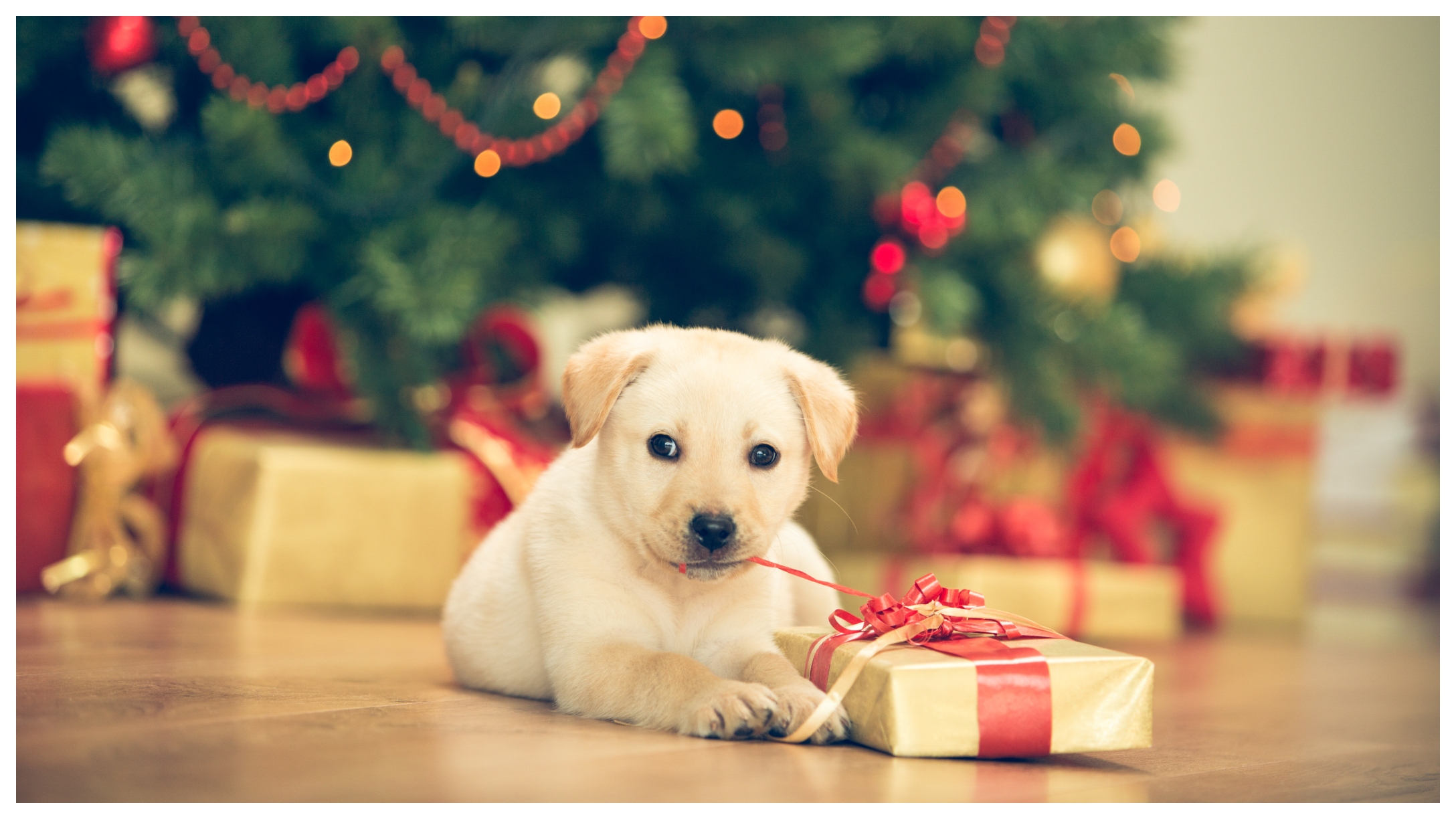
"Aside from the inherent fire risk with real trees, there is also the possibility of pets injuring themselves on the needles and ornaments," says Mader. "Eyes can be accidentally poked or scratched. Pretty ornaments can be broken, resulting in sharp pieces of glass or plastic that can cause cuts or potentially (get) eaten. Some people hang candy or popcorn on their trees. These confections can be eaten by pets, and the plastic wrappers and strings can be swallowed and cause intestinal damage. Cats like to play with shiny objects, and tinsel is notoriously dangerous. If swallowed in large quantities, it can cause a blockage."
Extension Cords

"Pets can be accidentally tangled up in the wires, thus potentially pulling over the tree, or worse yet, becoming strangulated by the cord itself," Mader cautions. "Some dogs and cats, and especially rabbits, like to chew on things, and electrical cords are a delicacy. Aside from the fire risk, the possibility of electrical shock and death to the pet is very real."
Candles
"Make sure that they can’t be knocked over by inquisitive cats or dogs," warns Mader. "Never leave a lit candle."
Candy
"Some sugar-free candies (containing xylitol) can be deadly," he says. "Others, like chocolate, contain methylxanthine. This too can be toxic to pets if consumed in large quantities. If a dog or cat gets into a box of holiday chocolates or candies containing xylitol, it is an emergency. Take your pet to your veterinarian immediately. It is a lot easier to just keep the sweets out of reach."
Toys — Both People Toys and Pet Toys
"Toys with small parts or pieces that can be easily broken off can also be easily swallowed," says Mader. "If small enough, they might simply pass right through your pet’s digestive tract; however, if it gets stuck, a serious blockage can result."
Food
Finally, avoid giving your pet a lot of leftovers from the holiday dinner feast. A radical change in diet can cause severe indigestion for even the healthiest pets.





